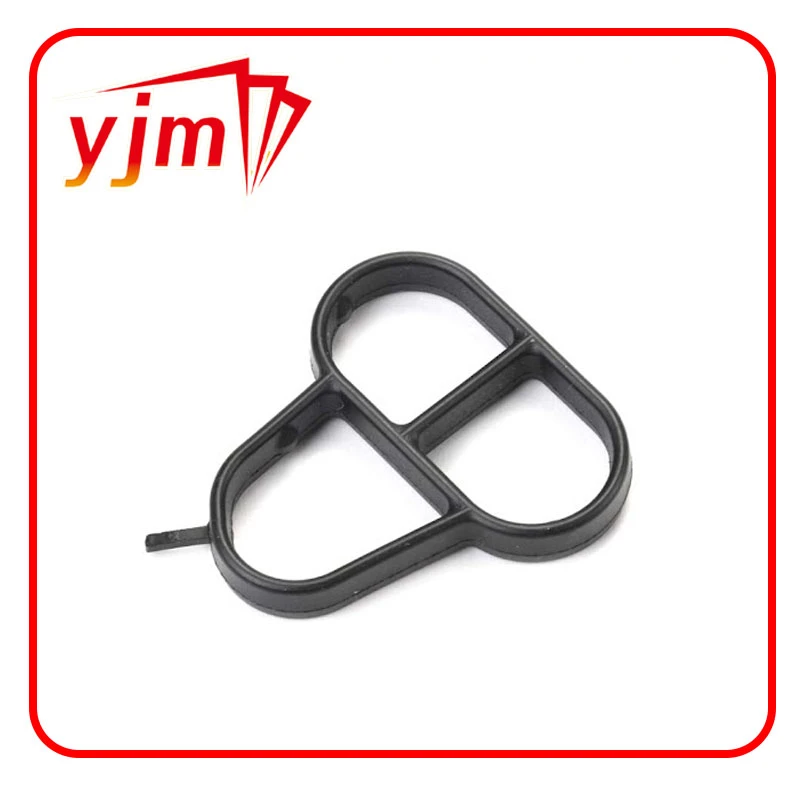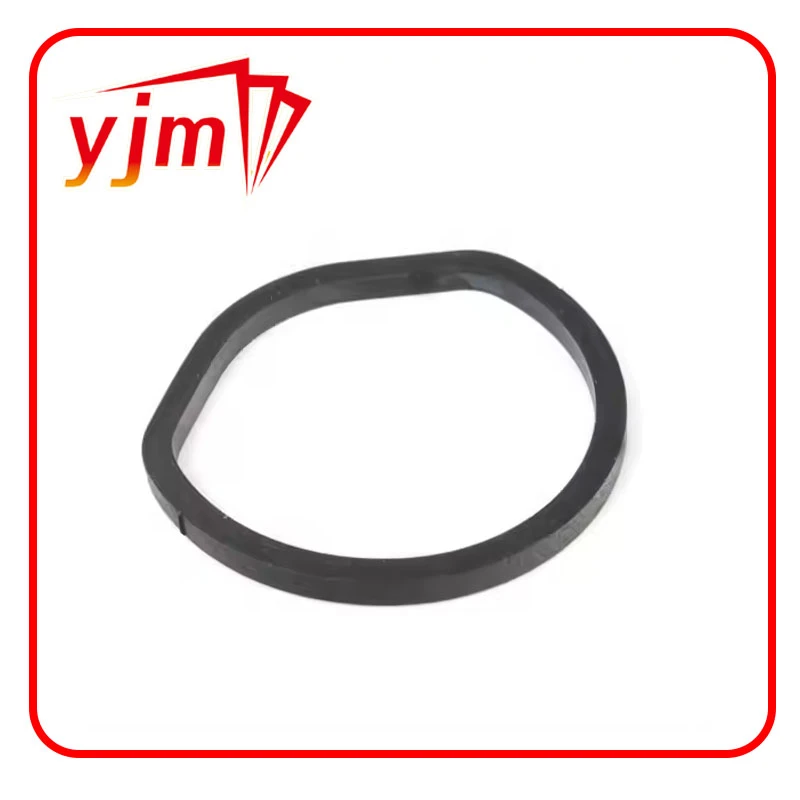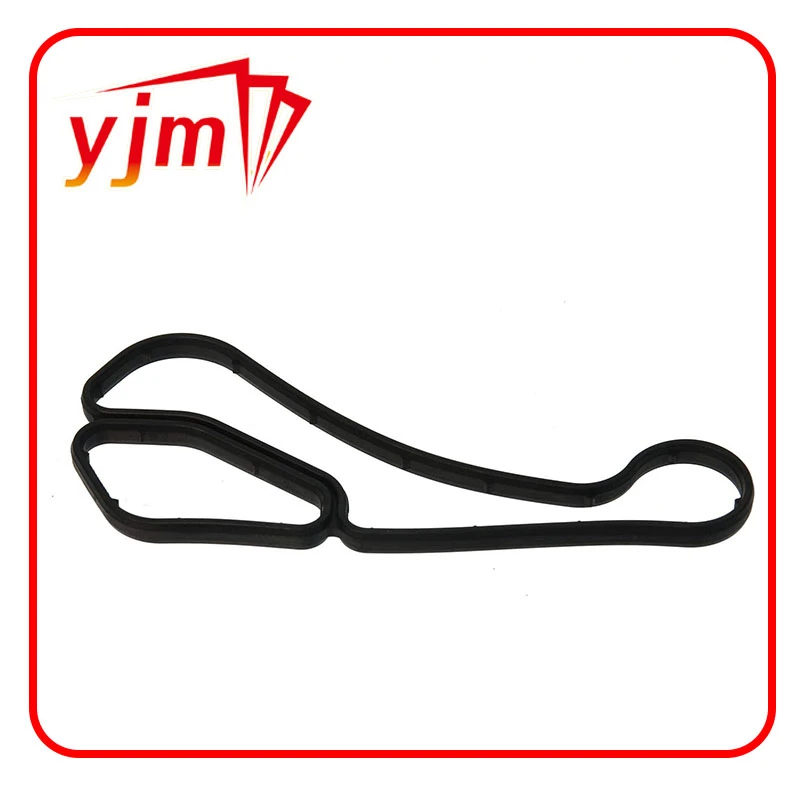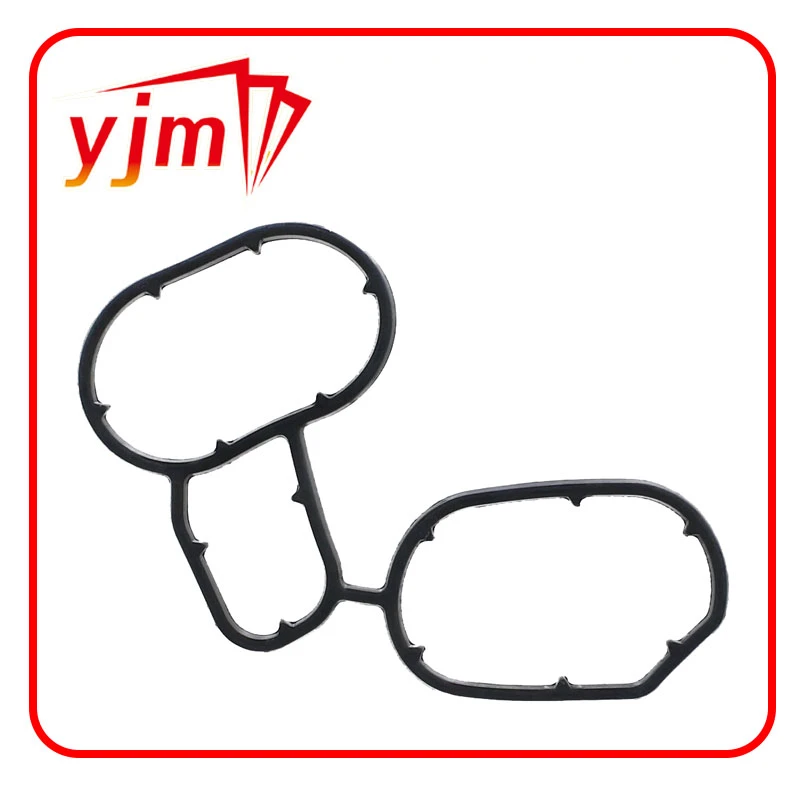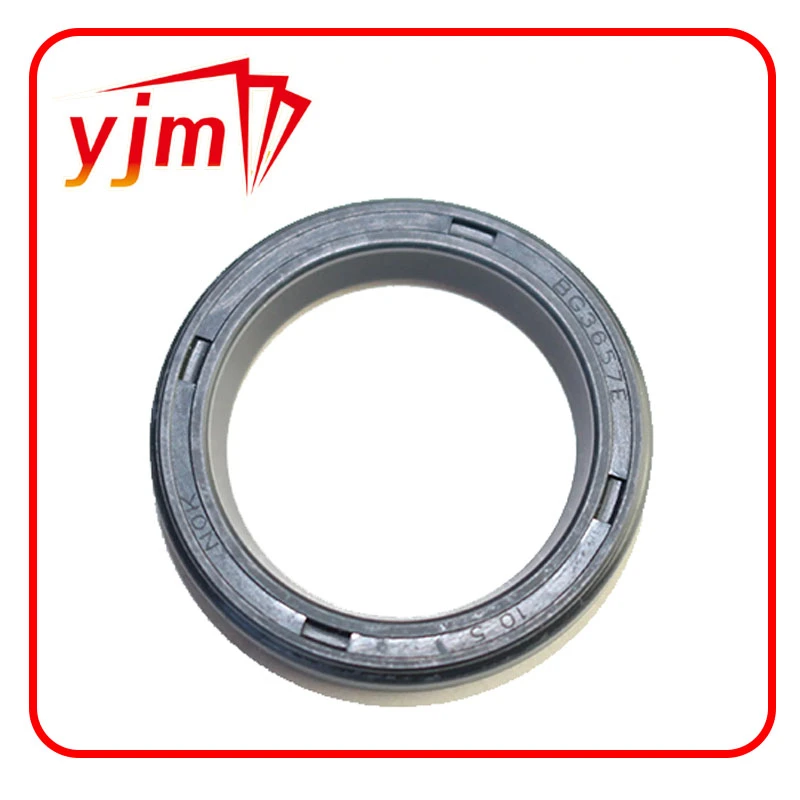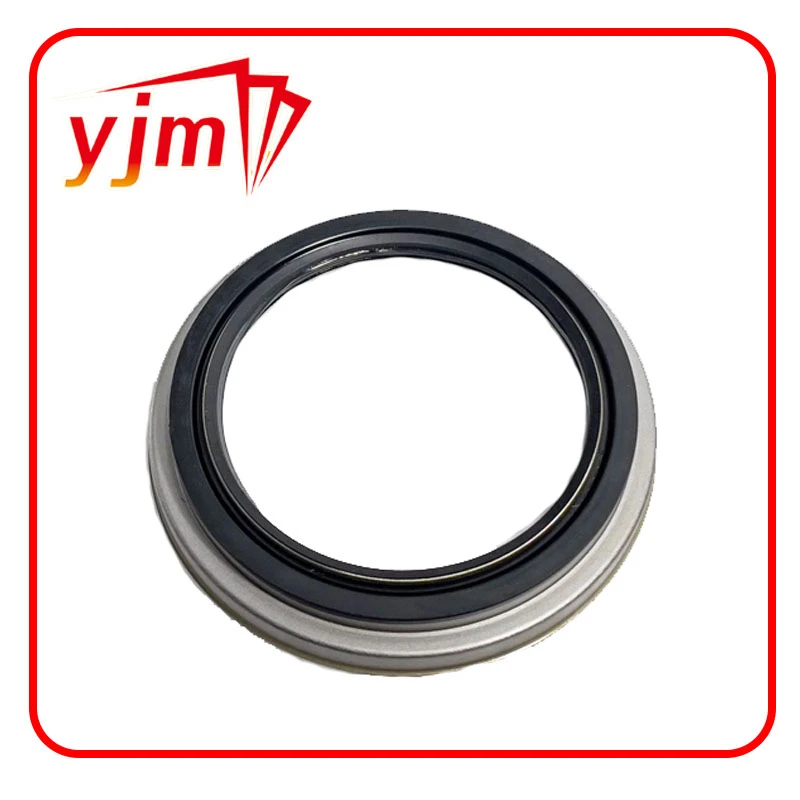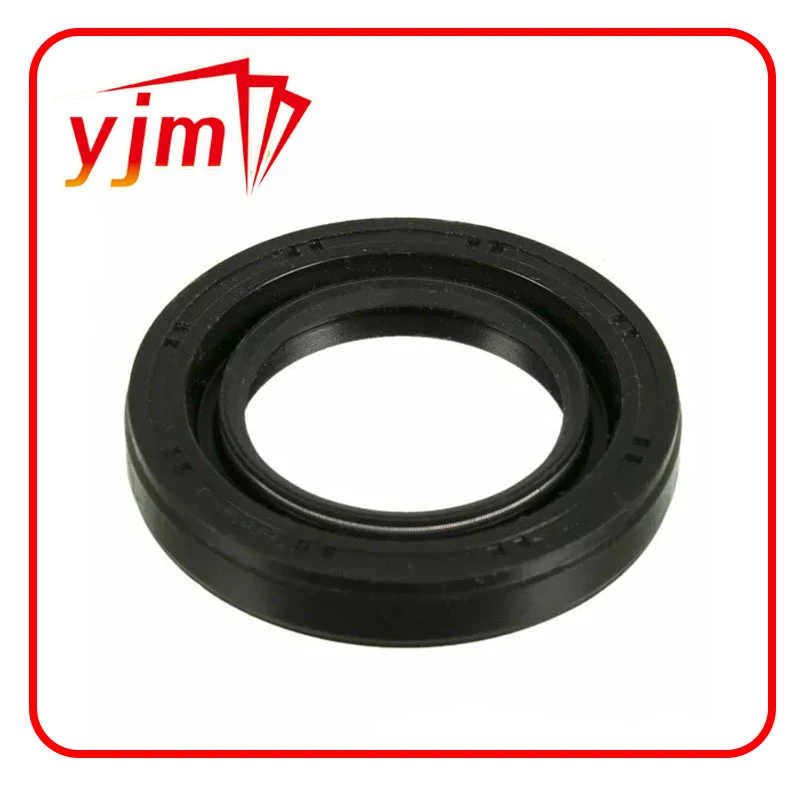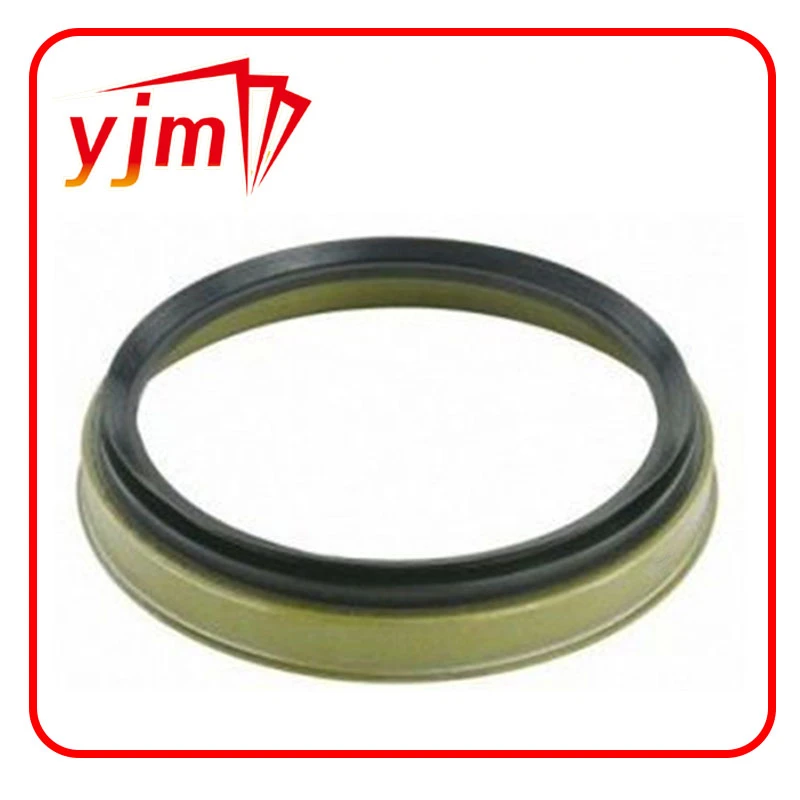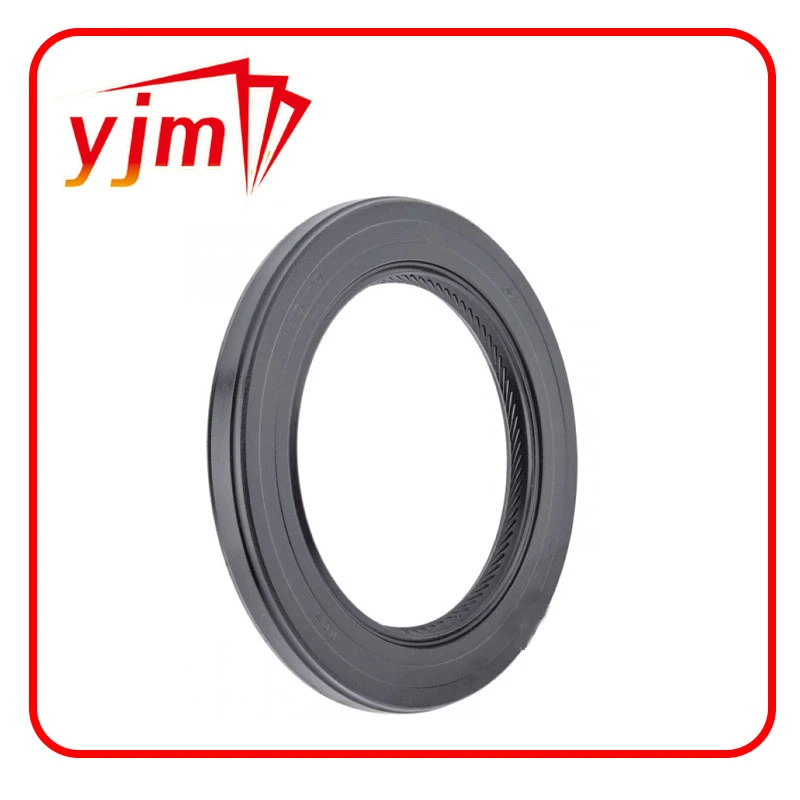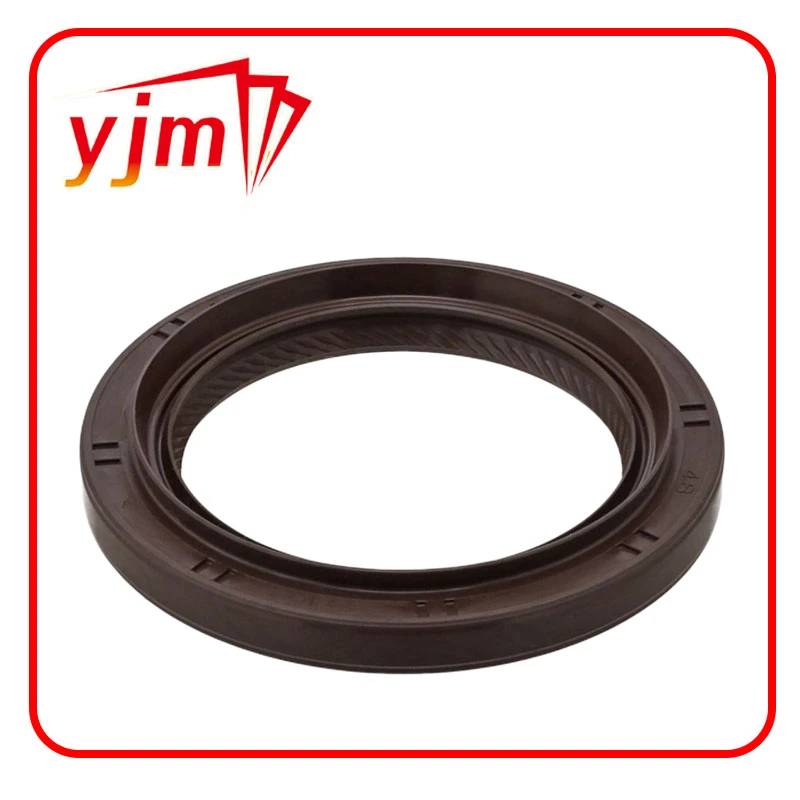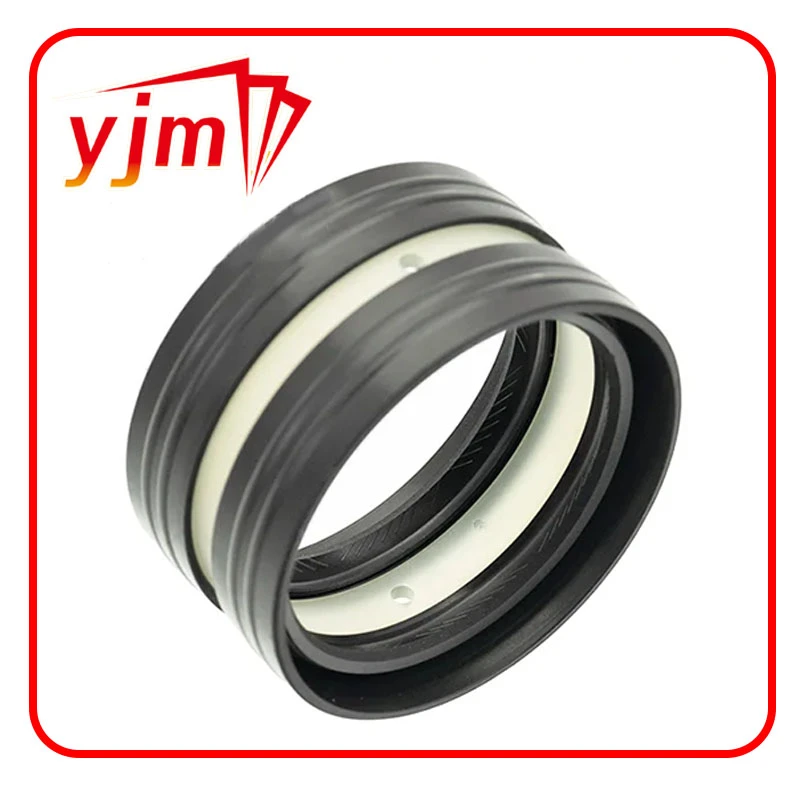The Essential Guide to O-Ring Boss Seals for Optimal Performance
Understanding O-Ring Boss Seals A Comprehensive Overview
O-ring boss seals are a crucial component widely used in various mechanical and hydraulic applications, ensuring the integrity and reliability of connections between different parts. These seals are engineered to prevent fluid leakage and maintain optimal performance across various systems, making them essential in industries ranging from automotive to aerospace.
Definition and Function
An O-ring boss seal consists of a circular elastomeric ring that fits into a groove. When a male part is mated to a female part, the O-ring is compressed, creating a tight seal that prevents the escape of fluids. This design enables the O-ring to adapt to minor surface imperfections and, more importantly, withstand high pressures, thereby providing a reliable barrier against leaks.
The primary function of an O-ring boss seal is to ensure leak-proof connections between components. In hydraulic systems, for instance, these seals are instrumental in maintaining fluid pressure, which is vital for the smooth operation of hydraulic machinery. In automotive applications, they help secure engine components and fuel lines, preventing any accidental leaks that could lead to performance issues or safety hazards.
Design Considerations
When designing an O-ring boss seal, several factors must be considered, including the size, material, and operating conditions. The size of the O-ring must be precisely matched to the groove dimensions in order to achieve an effective seal. Proper materials are critical; O-rings can be made from a variety of elastomers such as nitrile, fluorocarbon, and silicone, each offering different benefits suited to specific environments. For instance, fluorocarbon O-rings may be chosen for high-temperature applications due to their excellent heat resistance.
Additionally, the operating conditions—including temperature, pressure, and the chemical nature of the fluids involved—play a crucial role in the selection of the appropriate O-ring material. Engineers and designers must carefully assess these parameters to ensure the longevity and functionality of the seal.
o ring boss seal
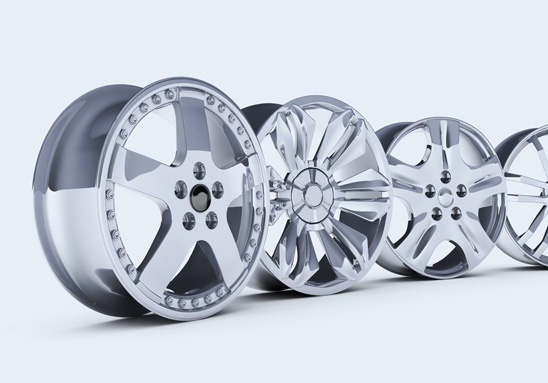
Advantages of O-Ring Boss Seals
One of the main advantages of O-ring boss seals is their simplicity and low cost compared to other sealing methods. Their design facilitates easy installation and maintenance, making them a preferred choice in many applications. O-rings also provide efficient sealing capabilities across a wide range of pressures and are suitable for dynamic applications where components may experience relative movement.
Furthermore, O-ring boss seals are compact, which helps to keep the overall size and weight of assemblies to a minimum. This is particularly beneficial in industries like aerospace, where weight reduction is critical for performance and fuel efficiency.
Challenges and Best Practices
While O-ring boss seals are effective, they are not without challenges. Over-compression, improper installation, or using the wrong material can lead to premature failure. Technicians and engineers must follow best practices for installation, including ensuring clean surfaces and proper lubrication.
Regular inspection and maintenance are vital for prolonging the lifespan of O-rings. Monitoring for signs of wear or damage can prevent catastrophic failures in critical systems.
Conclusion
Understanding the principles behind O-ring boss seals is essential for anyone involved in design, engineering, or maintenance within industries that rely on fluid systems. By ensuring proper selection, installation, and maintenance, one can harness the full potential of O-ring seals, thereby enhancing operational efficiency and safety across various applications. As technology evolves, the role of O-ring seals remains indispensable, paving the way for innovative solutions in fluid management and sealing technologies.
-
Simplifying Oil Changes: A Comprehensive Guide to Oil Drain Plugs and Their Variants
News Aug.04,2025
-
Mastering Oil Drain Maintenance: Solutions for Stripped, Worn, and Upgraded Oil Plugs
News Aug.04,2025
-
Fixing Oil Pan Plug Issues: Leaks, Stripped Nuts, and the Right Replacement Solutions
News Aug.04,2025
-
Everything You Need to Know About Oil Drain Plugs: Sizes, Fixes, and Upgrades
News Aug.04,2025
-
Choosing the Right Oil Drain Plug: A Guide to Sizes, Materials, and Drain Innovations
News Aug.04,2025
-
A Complete Guide to Automotive Drain Plugs: Types, Problems, and Innovative Solutions
News Aug.04,2025
-
The Ultimate Guide to Car Repair Kits: Tools and Essentials Every Driver Should Own
News Aug.01,2025
Products categories

